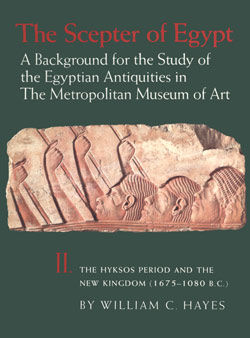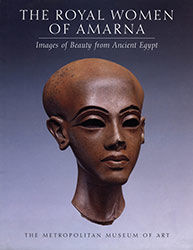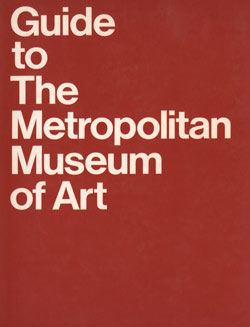Head of the god Amun
New Kingdom, post-Amarna Period
The braided beard and the flat cap with remnants of double plumes identify this god as Amun. His small eyes are separated by a curved depression from the rounded brow ridge; his broad face shows full lips with sharp contours, and, from the side, a slightly drooping chin. These features closely parallel those of King Tutankhamun and mark the piece as his commission. The statue was certainly created for Karnak, Amun's great temple at Thebes, as part of Tutankhamun's restoration of the god's monuments that had been defaced or destroyed during the reign of Akhenaten. A number of sculptures depict Amun touching the crown of Tutankhamun, who stands or kneels before him. This head seems very large for such a composition, however; thus it is likely that the head originally belonged to a large freestanding or seated figure of the god.
The similarities between this piece and late Amarna art suggest that sculptors from Amarna were active in Thebes during Tutankhamun's reign. The combination of the lush physicality of the mouth with the distant, veiled gaze of the small eyes beneath shadowing brows creates a tension. These features-as in late Amarna art, and like similar tensions in the faces of late Middle Kingdom sculptures,-were probably meant to convey a kind of interiority or reflectiveness.
Due to rights restrictions, this image cannot be enlarged, viewed at full screen, or downloaded.
This artwork is meant to be viewed from right to left. Scroll left to view more.







